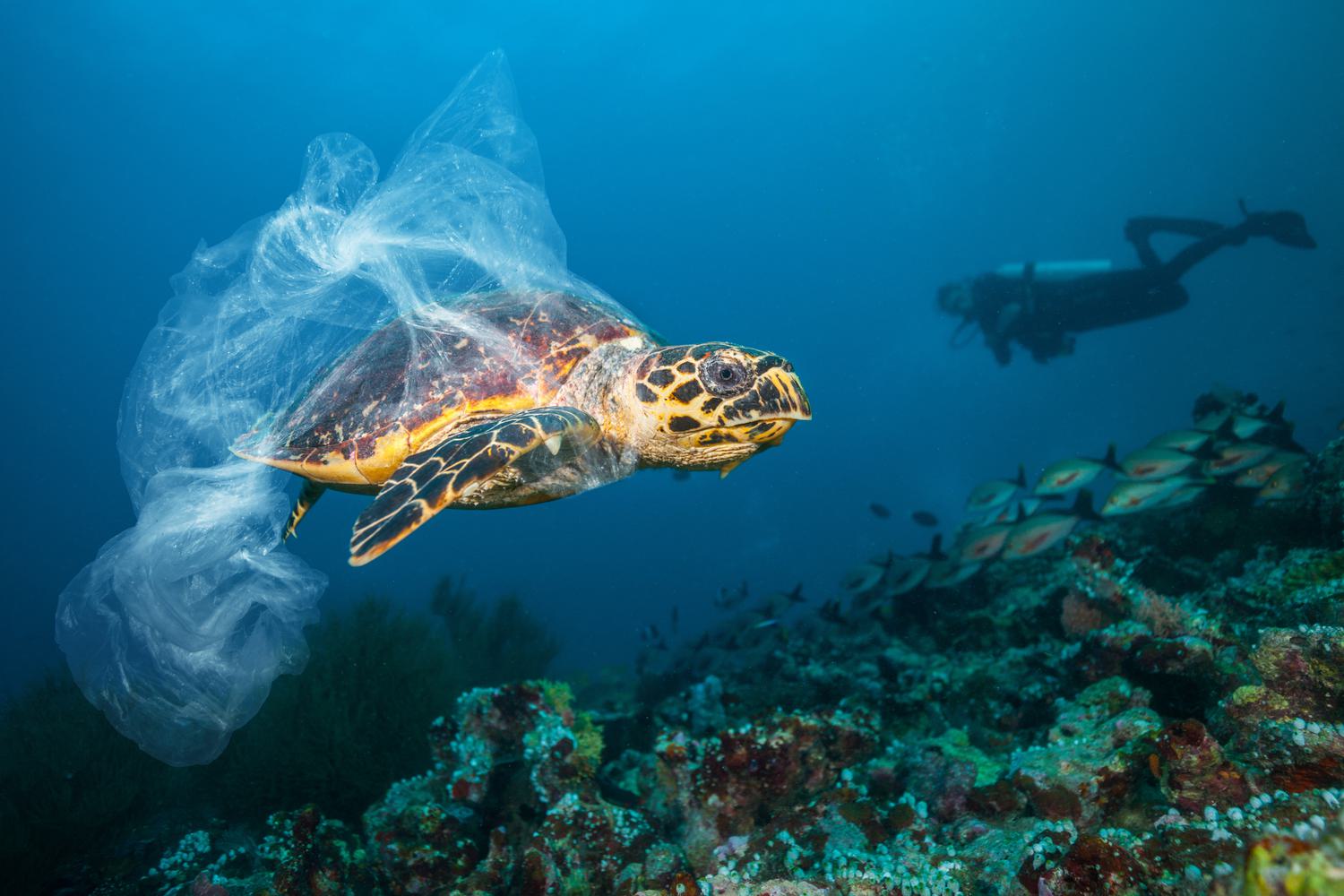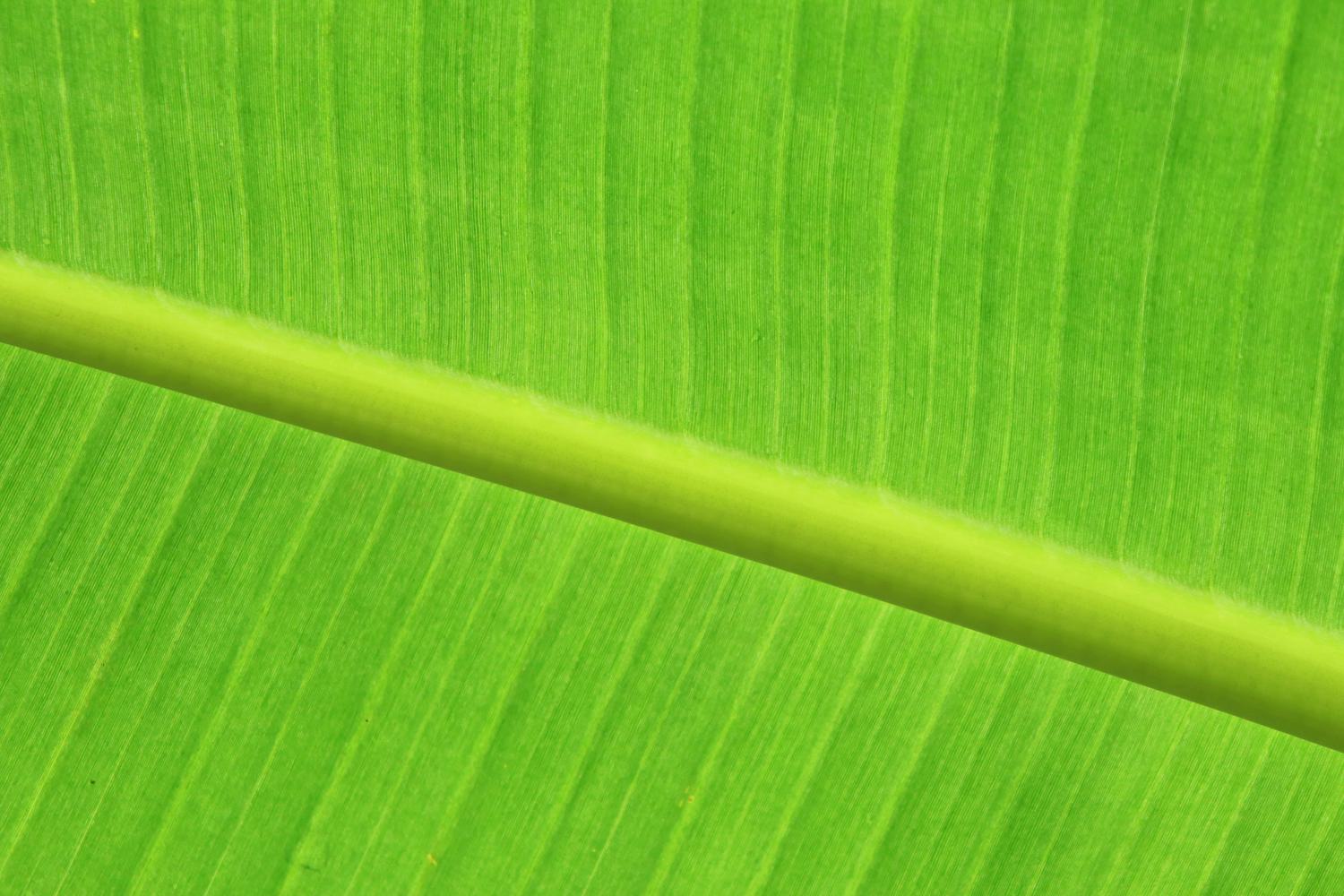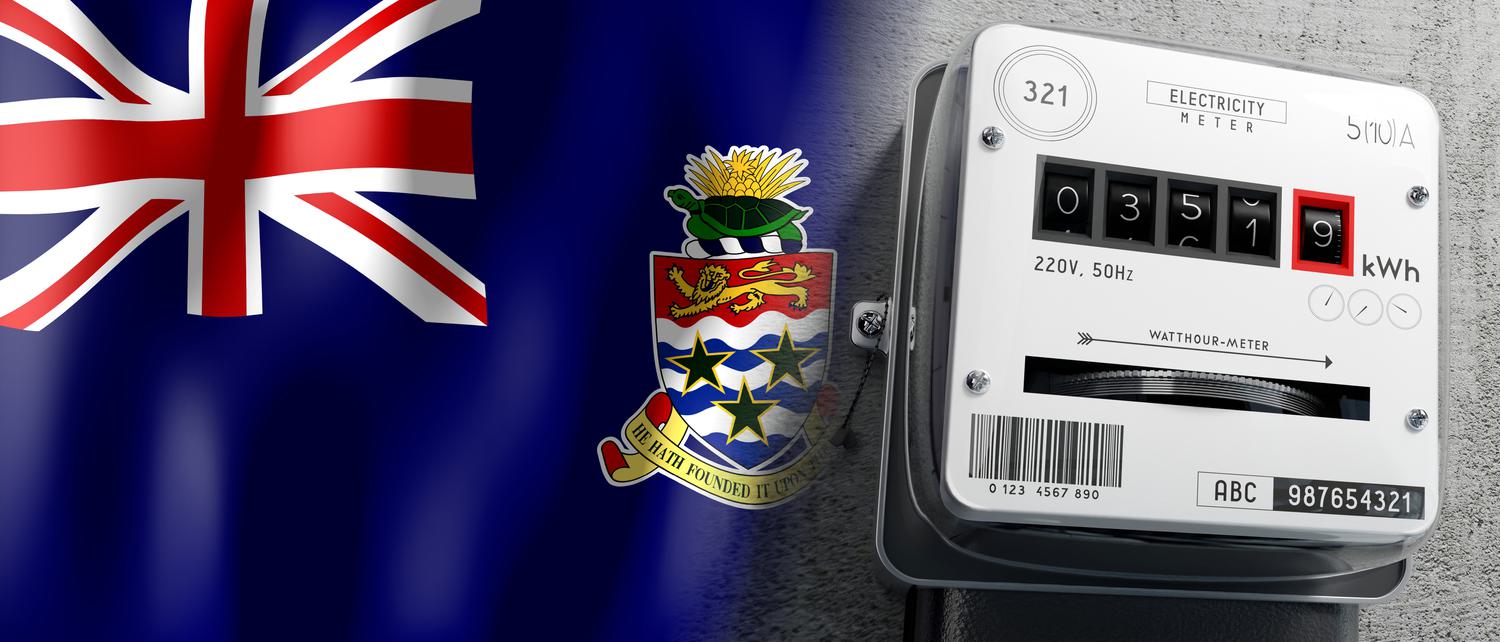Fossil fuel costs to power our homes will only continue to rise as finite supplies dwindle worldwide. Electricity is already costly in the Cayman Islands, and as small Caribbean countries don’t have the bargaining power of larger countries, they will be the hardest hit as oil reserves become more limited. Cayman’s goal of obtaining 70% of its power from renewable resources by 2037 has fuelled discussions on finding alternative ways of doing this.
Solar Power
Significant improvements are being made in the solar energy industry every year, and Cayman is the perfect location to harness the power of the sun. Solar energy can be harvested in two ways, namely solar photovoltaic (PV), which converts sunlight into electricity, and solar thermal, which heats water.
The initial costs of purchasing these systems are significant and the Government does not currently offer subsidies, but they have made all renewable energy equipment completely duty-free as an incentive.
While solar power remains a trusted option for renewable energy, with rising fuel prices and increasing air conditioning costs, interest in geothermal energy cooling systems is also on the rise. Other renewable energy sources proposed include the use of Ocean Thermal Energy Conversion Technology (OTEC). However, concerns surrounding the feasibility and functionality of an ocean thermal energy plant halted the realisation of the project.
Utility-Scale Solar Farms
The 5 MW Utility-Scale Solar Farm is the Island's commercial solar project, located on a 20-acre site in Bodden Town. This solar farm was also the first Independent Power Producer (IPP) in Grand Cayman, selling 100% of electricity produced to CUC through a Power Purchase Agreement (PPA). The farm comprises 21,690 poly-crystalline photovoltaic (solar) modules, each with a DC-rated capacity of 305 watts. The facility is connected to CUC’s Bodden Town Substation and provides equivalent energy to power approximately 800 homes with clean, renewable solar energy.
CUC’s Integrated Resource Plan (IRP) calls for new, less carbon intensive technologies to be introduced, including significant amounts of solar and wind power. Other technologies considered include the conversion of existing generating units to operate as dual fuel engines utilising cleaner-burning natural gas, the deployment of appropriate amounts of energy storage, and the integration of a municipal solid waste-to-energy plant in order to reduce the overall level of greenhouse gas emissions associated with electricity generation. The IRP aligns with Cayman’s National Energy Policy (NEP) and will give shape to the energy generation plans for Grand Cayman over the next 30 years. Both the IRP and NEP call for a significant increase in the number of utility-scale and customer-sited renewable energy projects in the Cayman Islands.
Solar Power Storage
Although Cayman enjoys over 300 days of sunshine a year, you will need to consider an alternative source of power should there be insufficient sunlight. One such option is the Tesla Powerwall battery. These rechargeable lithium-ion batteries are wall-mounted and can be stored either outside your home or inside your garage.
These batteries can help provide financial savings by charging and storing energy. They also ensure power in the event of a power outage, instead of having to use a generator, which makes them especially useful should we experience any hurricanes.
See Disaster Preparedness for more information on how to prepare for hurricane season.
CUC's Distributed Renewable Generation Systems
CUC has multiple energy programmes for customers to interconnect renewable energy systems to the grid. The size of these programmes varies year-to-year and is dependent upon available hosting capacity on the grid.
The Consumer-Owned Renewable Energy (CORE) Programme has been in place since 2009 to purchase electricity produced via renewable energy from approved customer applicants. The Programme is a net-billing arrangement whereby 100% of the customer’s renewable energy production is sold to CUC and credited to the customer’s monthly bill.
The Distributed Energy Resource (DER) Programme has been available to customers from 2018. In this programme, participating customers self-consume energy they produce from their renewable energy systems, and in doing so avoid costs related to consumption and demand from the grid. Any excess renewable energy produced that is not consumed by the customer is exported and sold to the grid for credit to the customer’s CUC account.
The electricity regulator, The Utility Regulation and Competition Office (OfReg), is responsible for approving any additional capacity for the CORE and DER Programmes in the Cayman Islands. Customers should periodically check the availability of capacity for the CORE and DER Programmes with their local renewable energy installer or with CUC by emailing: service@cuc.ky.
Solar Panel Installerskeyboard_arrow_right
These solar panel professionals can design and install each system to perfectly suit your home, budget and electricity needs. Find out more about converting your home to renewables.





